Explore the Best AI Image Gallery
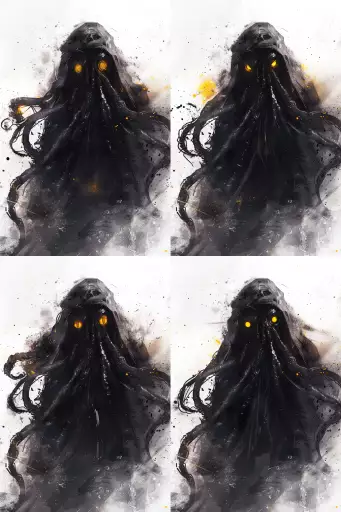
Beyond the Brush: AI Images and the Evolving Face of Design
The world of design is undergoing a seismic shift, driven by the emergence of artificial intelligence (AI) and its ability to create stunningly realistic images. This technology, once confined to science fiction, is now a powerful tool in the hands of designers, artists, and businesses alike. From generating marketing materials to crafting intricate product visualizations, AI-powered image creation is transforming how we conceive, design, and interact with the world around us.
Unleashing Creative Potential: Use Cases for AI Images in Design
- Concept Development: AI can rapidly generate a multitude of visual concepts based on textual prompts, helping designers explore diverse ideas and refine their initial vision. This accelerates the brainstorming process and unlocks innovative possibilities.
- Marketing & Advertising: Imagine creating personalized marketing campaigns with AI-generated visuals tailored to specific target audiences. AI can help design eye-catching banners, social media content, and even product mockups, increasing engagement and brand impact.
- Product Design & Prototyping: AI can assist in visualizing product designs before physical prototypes are created. This allows for iterative improvements, faster feedback loops, and a more efficient design process.
- Textile & Pattern Design: From creating unique textile patterns to generating innovative surface designs for furniture and architecture, AI opens up exciting avenues for artistic expression and functional innovation in the realm of textiles.
Navigating the Ethical Landscape
While the potential of AI image generation is immense, its crucial to acknowledge the ethical considerations that accompany this technology:
- Copyright & Ownership: Questions arise regarding the ownership of AI-generated images. Who holds the copyright – the user who provides the prompt, the developer of the AI algorithm, or the AI itself? Establishing clear legal frameworks is essential.
- Bias & Representation: AI algorithms are trained on vast datasets, which can inadvertently perpetuate existing biases in society. Its important to ensure that AI-generated images reflect diverse perspectives and avoid reinforcing harmful stereotypes.
- Transparency & Explainability: The decision-making processes of complex AI models can be opaque. Increasing transparency in how AI generates images is crucial for building trust and accountability.
The Future of AI Images in Design
As AI technology continues to advance, its influence on the design industry will only grow stronger. We can expect:
- More Realistic & Creative Outputs: AI algorithms will become increasingly sophisticated, capable of generating even more realistic and imaginative images.
- Personalized Design Experiences: AI will enable designers to create highly personalized designs tailored to individual user preferences and needs.
- Democratization of Design: AI tools will empower individuals with limited design experience to create professional-quality visuals, fostering greater creativity and inclusivity.
- Hybrid Human-AI Collaboration: The future of design likely lies in a collaborative partnership between humans and AI, leveraging the strengths of both to achieve innovative outcomes.
AI image generation is not merely a technological advancement; its a paradigm shift in the way we approach design. By embracing its potential while navigating its ethical complexities, we can unlock a future where creativity knows no bounds.
](https://images.ai-img.art/thumbnails/150/2ebdeb4f7db35100e5be5de9bc3e533a40d14e5feedefd7ffc586524a0f3ba8c.webp)





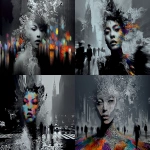
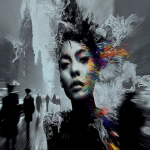



](https://images.ai-img.art/thumbnails/150/ff09e32d2be011c0dd785984c5c1e47839ce551a31da1bde242860b30df2aa30.webp)


](https://images.ai-img.art/thumbnails/150/685ae68cfab93a7e59a71206867b060c45bd6fd3cd561c4fe60fca514b09c5f8.webp)




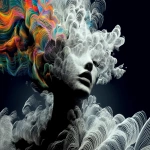





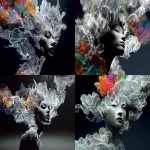

](https://images.ai-img.art/thumbnails/150/847809c77ca9a73b68bc190e6efb06fec87157685a243730d5a66a403b0e6e10.webp)




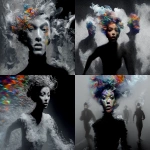

](https://images.ai-img.art/thumbnails/150/a3ed6513a6661aa3ee46e0c2924d1e8888854e91d8908de39db5590dc41f8d8f.webp)
](https://images.ai-img.art/thumbnails/150/bd056a4718c27444e064198762f8dc8ffa1f74f1afd7dcda8d5cb8b142797d6e.webp)



](https://images.ai-img.art/thumbnails/150/0ba0be922ab76af53f75ab90126ae2b18a600ee3b96941e8ab897a9f10594e5a.webp)









](https://images.ai-img.art/thumbnails/150/7cf5a08238f29c821f52bb4f63db48af0b7f633ff3b9f7253074d78ced9ff6f6.webp)